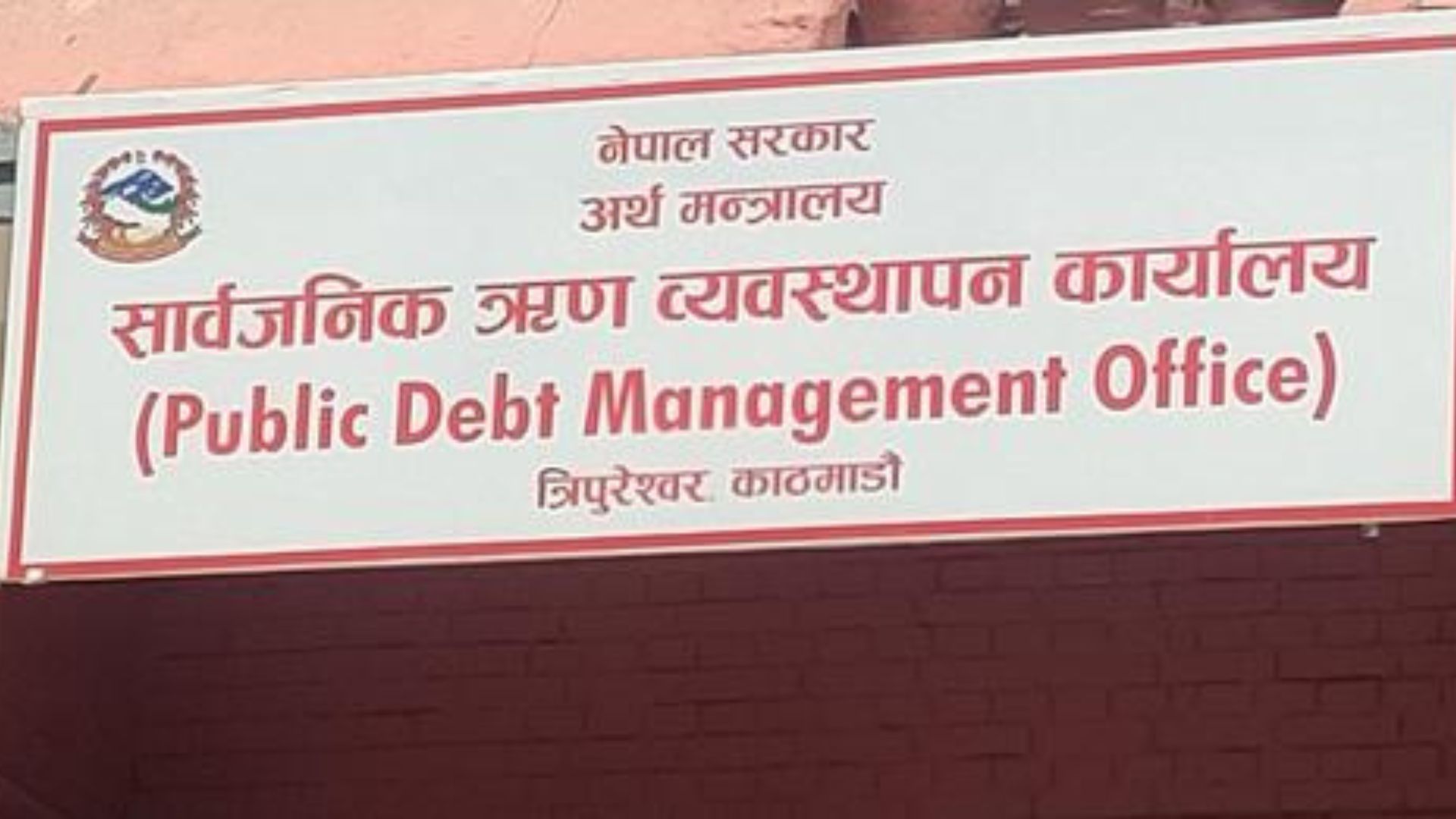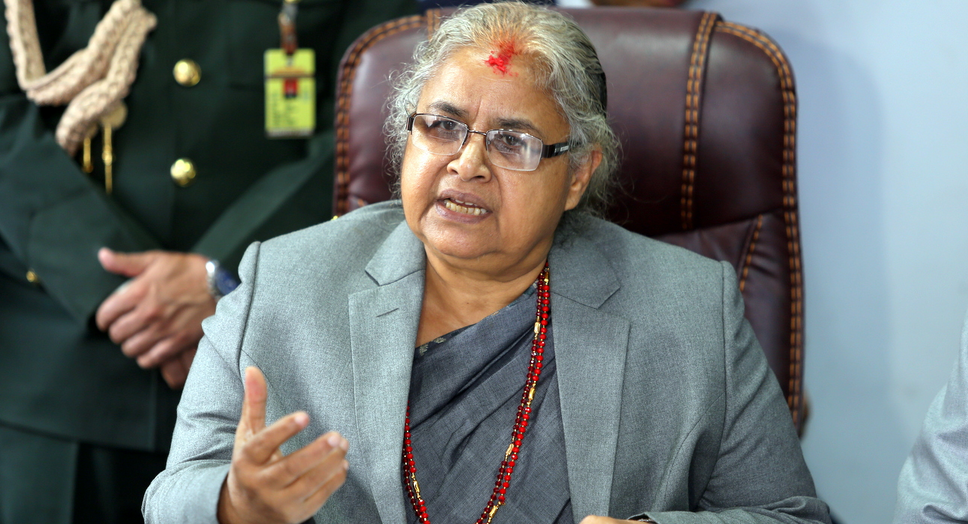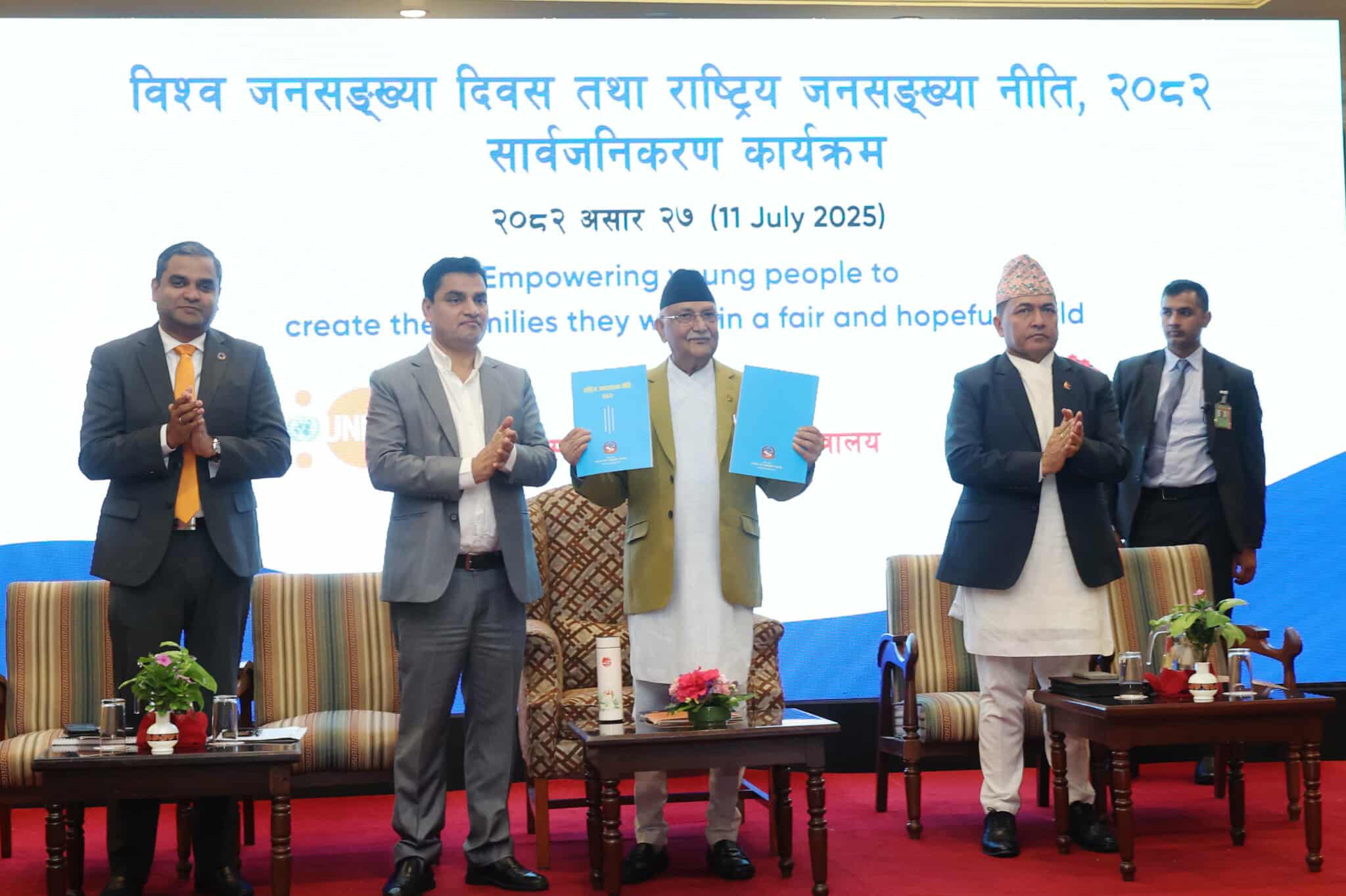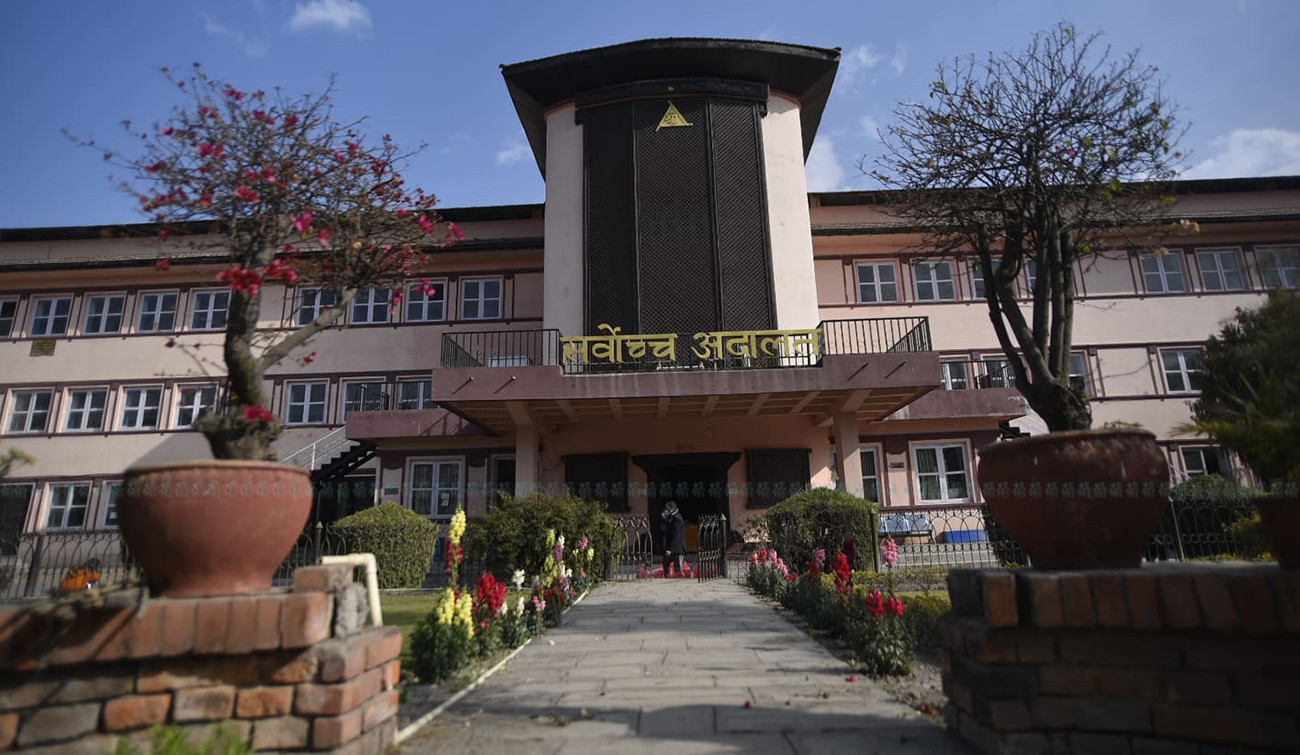KATHMANDU: Nepal's public debt today stands at above 45% of GDP, as the country's borrowing has increased significantly. As of February 12, the Public Debt Management Office's most recent report states that the entire amount of government debt in the current fiscal year 2024–2025 was Rs 2.611 trillion.
At the beginning of this fiscal year, Nepal’s public debt stood at Rs 2.434 trillion. Over the past few months, the debt has surged by Rs 176 billion, bringing the total to 45.77 percent of GDP, as outlined in the report.
The country’s debt burden is almost evenly split between external and internal loans. Currently, 50.87 percent of the total debt comes from external sources, while 49.13 percent is sourced domestically. Internal loans now stand at Rs 1.282 trillion, whereas external loans have reached Rs 1.328 trillion.
The depreciation of the Nepali rupee in relation to the US dollar is one of the factors causing the debt to increase. The total amount of debt has increased by Rs 36.59 billion as a result of the currency's depreciation.
The government had set a target to borrow Rs 547 billion for the current fiscal year. A total of Rs 290.57 billion, or 53.12% of the yearly borrowing target, has been raised thus far.
A total of Rs 217 billion was to be borrowed from outside sources, and Rs 330 billion was to be generated through domestic loans. The government had obtained Rs 61.42 billion in external loans and Rs 229.15 billion in local loans by February 12. This represents 28.31 percent of the external borrowing aim and 69 percent of the domestic borrowing target.
The government has set aside Rs 402.85 billion to pay back the principal and interest on the public debt in order to manage its financial responsibilities.
The extant government budgetary blueprint has really been affected by the Rs 178.75 billion spent on debt repayment in the last seven months.
A growing worsening financial burden on the government is exhibited with debt service expenses as of the 12th of February, which was 3.31 percent of the country's GDP.
It is time for Nepal to sustain its economic utility under long-standing debt and repayment commitments against new borrowings and present financial commitments.
Also Read: Nepal’s Foreign Trade Surge of 13.3% This Fiscal Year










.jpg)
.jpg)
.jpg)



.jpeg)
.jpg)
.jpg)

.jpg)
.jpg)
.jpg)

.jpg)
.jpg)
.jpg)

